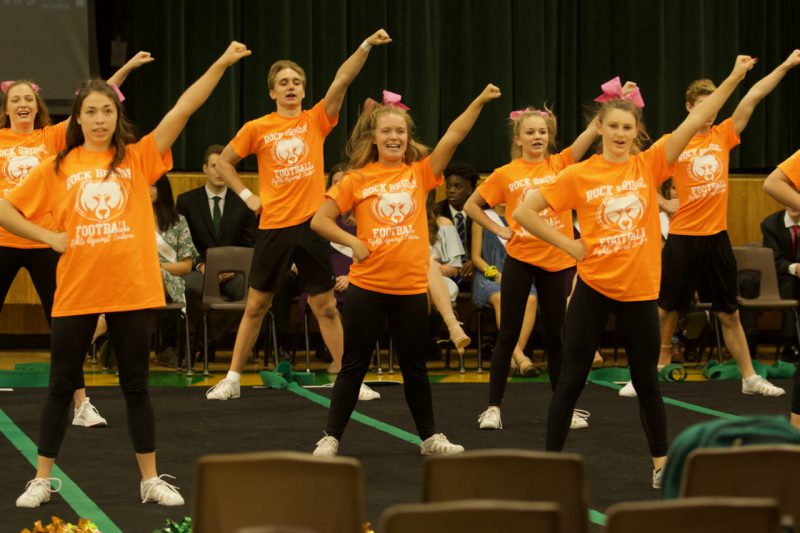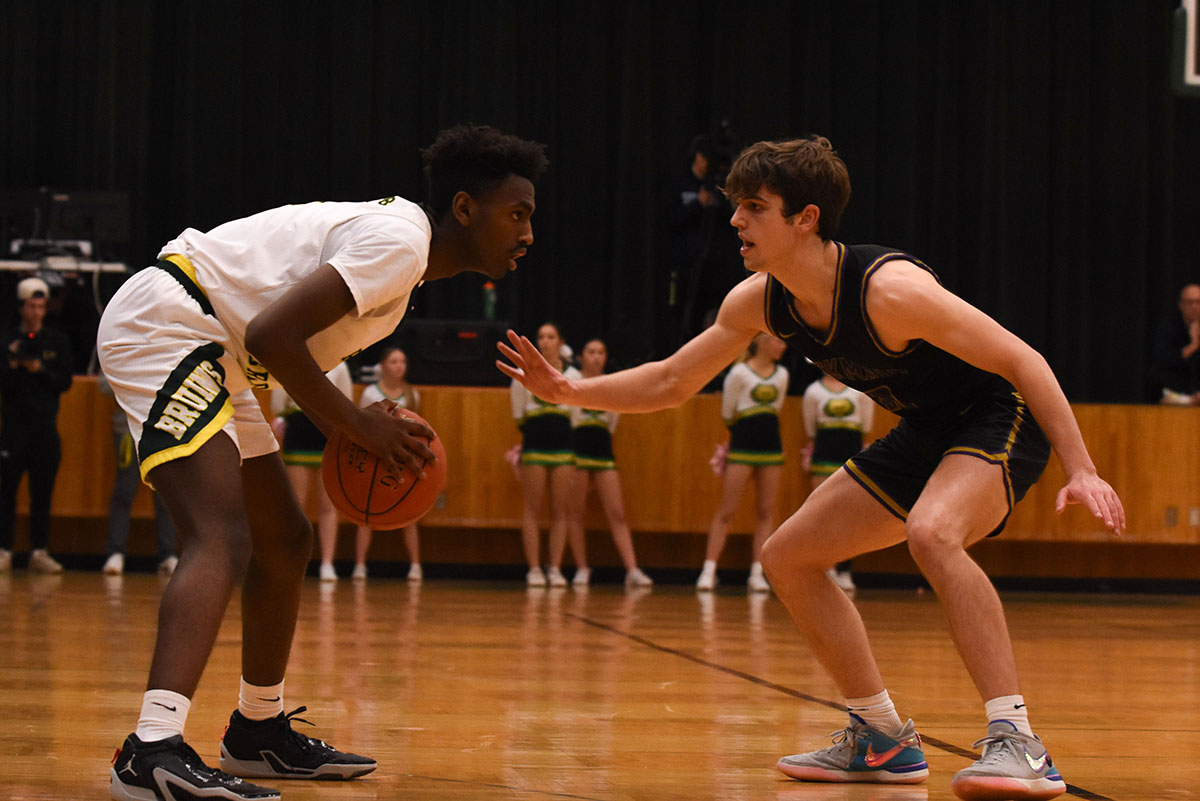
The competitive, aka all-star cheerleading world has been around for more than 20 years and encases a wide range of skills performed throughout five different levels of competition. As the level increases, the more difficult routines become. The score sheets include categories such as choreography, body positions, overall impressions, and difficulty which all add up to score the team.
“It is a sport that is practiced in similarity with gymnastics but is devoted to a routine that is 2 minutes and 30 seconds long,” senior Carly Souder said. A routine is “packed with jumps, motions, dancing, tumbling, and stunting and is not performed on the sidelines. A competitive team’s sole purpose is to compete for the number one spot.”
Hearing the word cheerleading, most might categorize it into the mental image of pom poms and girls cheering on the sidelines of a football or basketball game. All-star cheerleading is extremely different. The competition aspect means athletes need enhanced endurance, enthusiasm for the sport and commitment. The athletes practice for hours to achieve a win, Catlettstout said.
“Our high school normally has one competition but the rest of the year it’s more sideline and cheering on the sports teams and performing small skills in front of our peers and competitive is a constant long term commitment to go and put your heart on the mat,” junior Delaney Catlettstout said. “You make goals for yourself and have a lot more rush because you are performing [in] an arena full of hundreds of girls with the same passion as you and people who understand your passion.“
As for the preparation for these competitions, a lot goes into the routine that the athletes are given, Catlettstout said. Several months prior to competitions starting, the team prepares for the season and learns skills such as back-handsprings, fulls, layouts, and different stunt sequences.
“We have tryouts in May and do a lot of work on everyone’s individual skill throughout the summer and around August we start practicing our routine, putting together the dynamics and tweaking and when it gets close to competitions, we do the all out routine,” Catlettstout said. “We also do showcases in front of our family and friends, so we get used to that rush. We also do a lot of conditioning work through the year to build up stamina and strength.”
This “rush” is the feeling that’s unexplainable that the athletes get before they step on the mat, Catlettstout said.This feeling is brought on by the setting that the cheerleaders are put in when competing. The bright lights shine as the crowd screams and the MC for the competition shouts the gym’s name as the squad runs onto the mat.
“Your nerves are going crazy and you just wanna go crazy,” Herman said. “But once that music starts, your body knows what to do and you just have a blast and start doing facials and just giving it your all.”
In addition to the pure adrenaline that comes with the sport, the athletes have improved through the years as well as the participation in competition cheerleading itself. Policies have been changed and limitations have been made, such as illegal stunts and anything too difficult for the level. Since she started cheering at 8 years old, Souder says much has changed since she started ten years ago.
“It’s become recognized as a sport and has become popular throughout the world. The cheerleading Worlds [competition] has teams from Hawaii, Asia, and England,” Souder said. “And more restrictions have been put on certain levels because of injury risk.”
Injuries are common in competitive cheerleading because of the rigorous work each athlete goes through. Injuries in competitive cheerleading are not uncommon, 26,000 injuries annually since 2007, according to usatoday.com. Yet most athletes of the sport show dedication similar to Herman’s by working through their injuries. Herman, along with her foot, has received a broken arm, sprained ankles and some chipped teeth through her cheerleading years. Cattletstout has also endured injuries such as a dislocated knee, a broken foot, sprained ankles and elbows, and busted lips. Even though some suffer these injuries, they push through, as in Herman’s condition.
“It’s a passion,” Catlettstout said. “I could fall off a curb and hurt myself but I would rather take the chance and just put everything I have on that mat because it’s my passion.”
The ‘passion’ or dedication for the sport is a common trend in most competitive cheerleaders, Catlettstout said. Athletes continue the sport through injuries, drama and a busy schedule because of their dedication.
Passion is “something that makes everything in your life irrelevant,” Catlettstout said. “While I do cheer, nothing else matters, it’s something I think about 24/7. I eat, sleep, and live cheer.”
All- star cheerleading, though it is challenging, has changed the perception of the term ‘cheerleader.’ The sport means different things to each member involved and connects each person through their passion for the sport, Catlettstout said.
“It means family. It’s a community of girls with one passion and we always have each others back in good times and bad,” Catlettstout said. “We go through a lot of stuff together, so it bonds us together as a family and community.”
By Alyssa Piecko













































































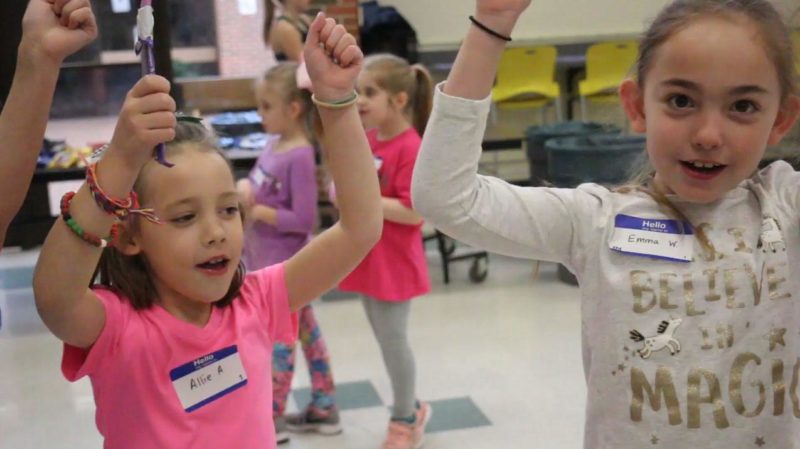
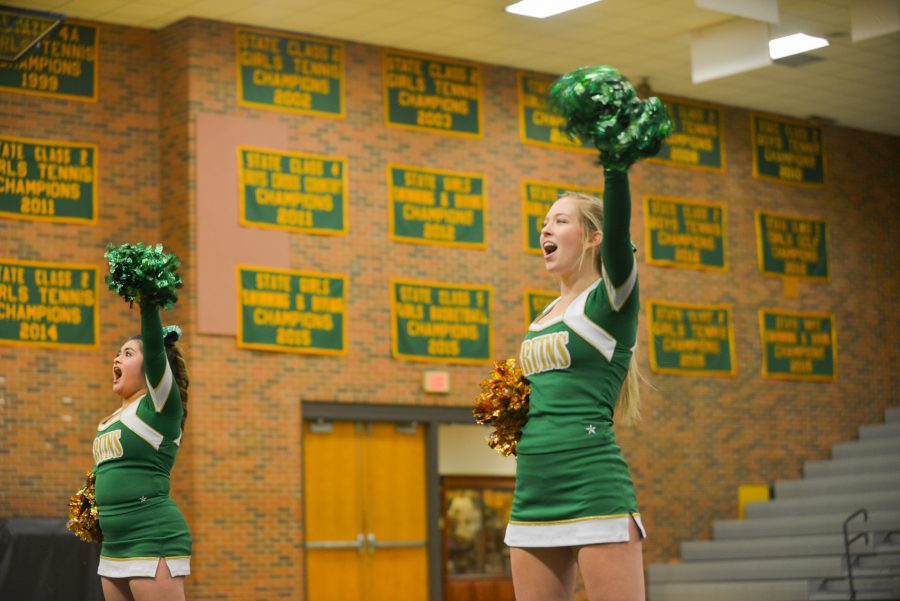
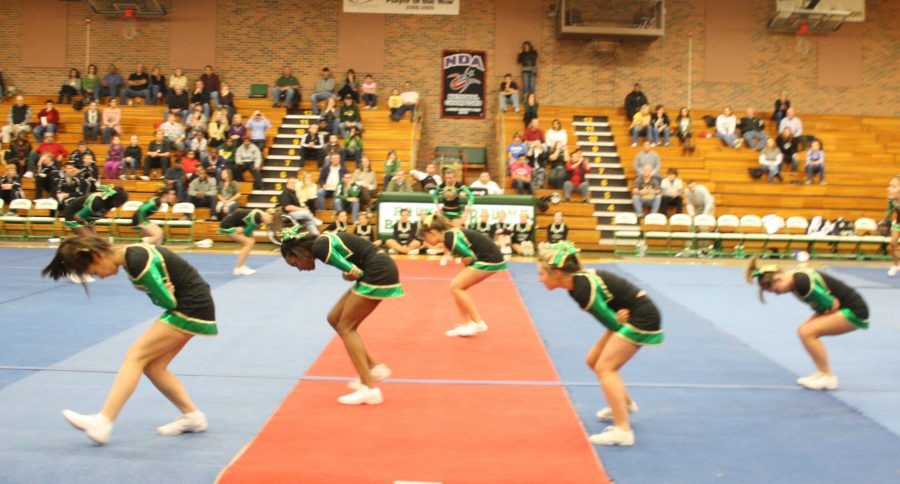
![Sophomore Ellie Barnett smiles big as she prepares to begin the second part of the Bruins' routine. Barnett believes the team is ready to compete at state. "This year we have gotten better at mostly everything," Barnett said. "If we just don’t get nervous then everything we have will go [to state with us]."](https://bearingnews.org/wp-content/uploads/2018/11/DSC_0612-e1543590364236.jpg)
